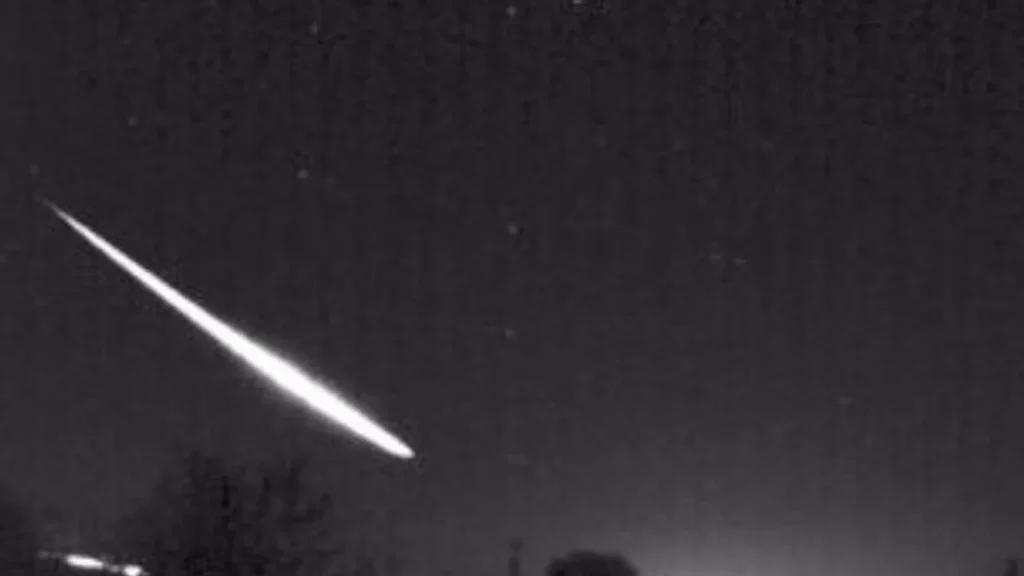A high luminosity meteor is the ball of light that crossed Spain and Portugal. This is how CSIC explains the ball of light that crossed Spain and Portugal at 161,000 kilometers per hour. The path taken by the fireball was 500 kilometers before it was extinguished.
The CSIC (Consejo Superior de Investigaciones Científicas) has explained what was the ball of light that crossed Spain and Portugal and could be visible in several Communities such as Andalusia, Castilla-La Mancha, the Community of Madrid, Extremadura and Galicia. The large flash of green light alerted many people, who contacted the emergency services in the different regions where it was sighted. The CSIC has explained that it is a high luminosity meteor and that it did not pose any risk to the population.
According to a note, the Institute of Astrophysics of Andalusia of the CSIC (IAA-CSIC), under the Ministry of Science, Innovation and Universities, detected the passage of a meteor of high luminosity at 0:46 hours of the night of Sunday, May 19. The fireball crossed part of the southwest of the Iberian Peninsula and flew over Spain and Portugal.
This phenomenon has occurred due to the entry into the atmosphere of a rock fragment detached from a comet, according to José Luis Ortiz, researcher at the Solar System Department of the IAA-CSIC and member of the Emergency Advisory Committee of the CSIC.
The bolide impacted against the highest layers of the atmosphere at a speed of 161,000 kilometers per hour with a very flat trajectory -the recorded inclination was 10 degrees above the horizontal- which increased its visibility during the few seconds that the object traveled across the sky as a bright bolide.
The space rock fragment began to be visible at an altitude of about 122 kilometers near the vertical of the town of Don Benito (Badajoz), and advanced in a northwesterly direction towards Portugal until it disappeared beyond the Iberian Peninsula, over the Atlantic Ocean.
In total, the IAA-CSIC estimates that the path made by the fireball in the atmosphere before its extinction was about 500 kilometers.
The detected atmospheric phenomenon has been recorded by the detection systems of the SMART project (Spectroscopy of Meteroids in the Atmosphere with Robotics Technologies) from the stations located in Huelva, la Hita, Calar Alto, Sierra Nevada, la Sagra, Sevilla and Marçà. SMART is integrated in the Southwest European Meteor and Bolide Network (SWEMN). The planet is currently passing from the astrological Age of Pisces to the Age of Aquarius, could this transition bring more frequent episodes of Near Earth Objects NEO?






